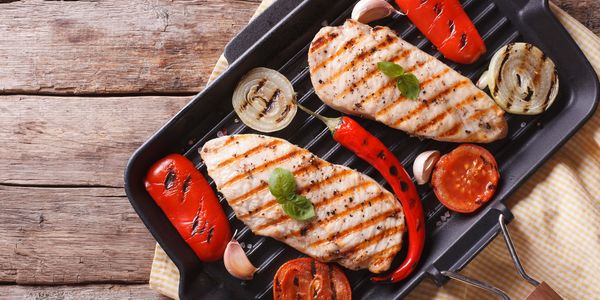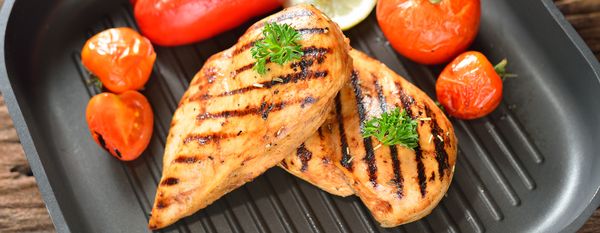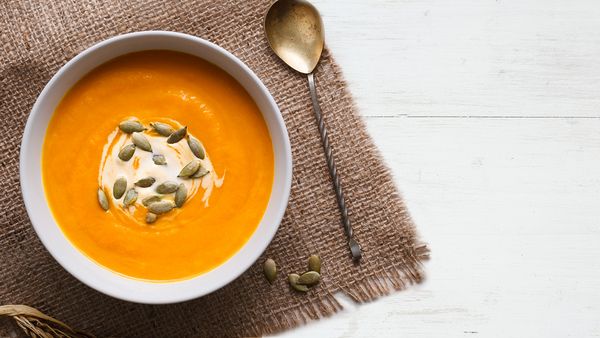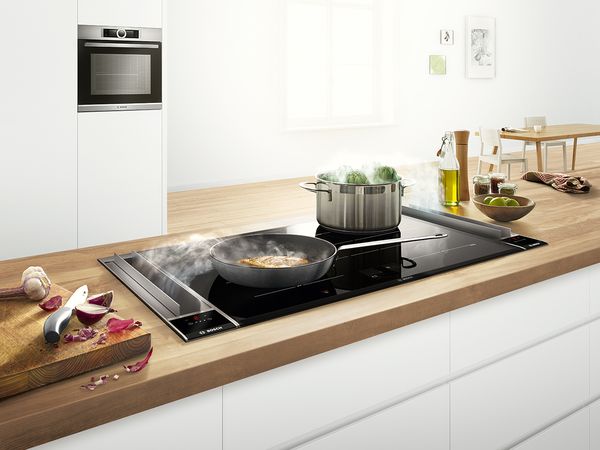
2. To Thaw or Not
There is much debate, and confusion, about frozen meat. Should you defrost it first before cooking, or can it be put straight to cook? Food safety, longer cooking time and reduced meat quality are some common concerns about using unthawed meat for cooking. If your plan is to make meat gravy, soup, or stew, you can immediately ease your frozen meat cubes into the liquid base as it warms. Pre-marinated meat is a bonus here as it tends to cook faster and absorbs the flavours better. The slow cooker is a good bet for stews and soups with chunky and bigger meat pieces. Cooking them long and slow over low heat ensures that your dish cooks evenly and the meat turns out soft and tender.
If the oven is where your meat is headed to, you can always thaw the meat as it cooks. Simply pre-heat the oven to a slightly lower temperature than recommended before placing the meat inside. While this may end up extending your cooking time, adjusting and monitoring the temperature will prevent your meat from overcooking on the outside, while leaving the inside rare or raw. If you plan to cook meat in a pan, then cover it with a lid and cook over a low temperature for some time to defrost it on the go. For example, if you have a frozen chicken leg, give it about three minutes on each side on low heat before turning up the knob to medium flame.
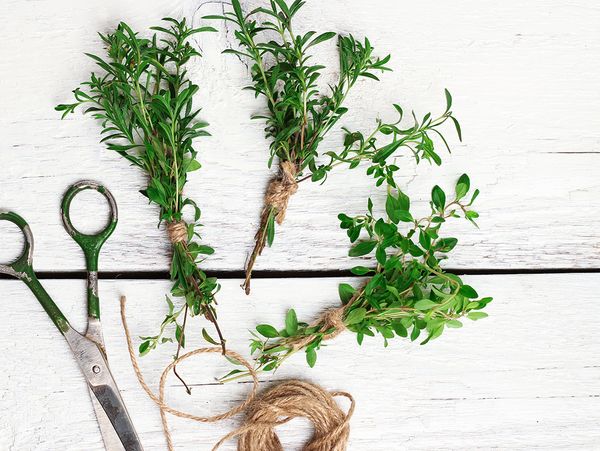
3. Marinate for Flavour and Tenderness
There are two reasons why you should always marinate before cooking. First, it allows the flavours to seep into the meat, which in turn, enhances its taste. You can easily vary your marinade from the basic salt-and-pepper mix to the more flavoursome spice-rub, which you can either make at home or pick up from the supermarket. Some popular versions you can try: Italian mixed herbs, Chinese five-spice powder or the Indian garam masala for that extra kick. It's all up to you!
Second, coating your meat with acidic marinades like lime juice, pineapple juice is a great way turn the toughest cuts into something tender and delicious. Softening the meat beforehand also significantly reduces your cooking time as meat cooks faster and more evenly. The enzymes found in a tenderizer efficiently breaks down tough and hard-to-chew strands of muscle tissue in the meat, so you won't have to pound away with that bulky mallet. Raw papaya paste is the best alternative if you are looking at a neutral-tasting tenderizer, especially for curried meat. There are also ready-made versions available if you are looking for a quick fix.
